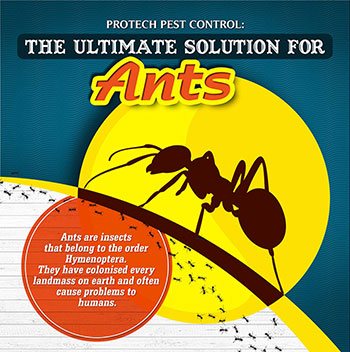Rodent-Proofing Your Attic: Important Tips For Homeowners
Rodent-Proofing Your Attic: Important Tips For Homeowners
Blog Article
Uploaded By- cheap way to get rid of fleas as a cozy Airbnb for rodents, with insulation as cosy as hotel pillows and electrical wiring extra enticing than area solution. Now, visualize these unwanted guests throwing a wild event in your house while you're away. As a homeowner, ensuring your attic room is rodent-proof is not almost satisfaction; it's about shielding your residential property and loved ones. So, what basic actions can you take to secure your haven from these furry burglars?
Evaluate for Access Things
To start rodent-proofing your attic room, inspect for access factors. Beginning by meticulously checking out the outside of your home, looking for any openings that rats might use to get to your attic room. Check for household ant deterrent around utility lines, vents, and pipes, along with any kind of cracks or holes in the foundation or exterior siding. See to it to pay attention to locations where various building products meet, as these are common access factors for rats.
Additionally, check the roofing system for any type of harmed or missing shingles, as well as any kind of voids around the sides where rodents could squeeze through. Inside the attic room, search for indicators of existing rodent task such as droppings, ate cords, or nesting materials. Use a flashlight to extensively examine dark corners and surprise areas.
Seal Cracks and Gaps
Inspect your attic thoroughly for any kind of fractures and spaces that need to be secured to avoid rats from getting in. Rats can squeeze with even the tiniest openings, so it's critical to seal any potential access factors. professional flea control around pipelines, vents, cords, and where the walls satisfy the roofing system. Utilize a combination of steel wool and caulking to seal these openings successfully. Steel wool is an excellent deterrent as rodents can't chew through it. Make certain that all voids are snugly secured to refute access to undesirable insects.
Do not overlook the significance of sealing gaps around windows and doors also. Use weather condition stripping or door sweeps to secure these locations properly. Inspect the locations where utility lines go into the attic room and seal them off utilizing a suitable sealant. By taking the time to seal all cracks and spaces in your attic room, you create a barrier that rats will find tough to violation. Prevention is type in rodent-proofing your attic room, so be thorough in your efforts to seal off any prospective entrance points.
Eliminate Food Resources
Take positive actions to remove or save all possible food resources in your attic room to hinder rodents from infesting the area. Rats are drawn in to food, so removing their food sources is critical in maintaining them out of your attic room.
Below's what you can do:
1. ** Shop food securely **: Avoid leaving any food things in the attic. Shop all food in impermeable containers made of metal or heavy-duty plastic to prevent rats from accessing them.
2. ** Clean up debris **: Remove any heaps of particles, such as old newspapers, cardboard boxes, or timber scraps, that rodents can use as nesting product or food resources. Keep the attic clutter-free to make it less enticing to rats.
3. ** Dispose of waste correctly **: If you use your attic for storage space and have trash or waste up there, make certain to dispose of it routinely and correctly. Decaying trash bin attract rats, so keep the attic room tidy and free of any kind of organic waste.
Conclusion
In conclusion, keep in mind that an ounce of avoidance is worth an extra pound of remedy when it pertains to rodent-proofing your attic room.
By making the effort to examine for entrance factors, seal fractures and voids, and get rid of food resources, you can keep undesirable bugs away.
Remember, 'An ounce of prevention is worth a pound of remedy' - Benjamin Franklin.
Remain positive and shield your home from rodent problems.
